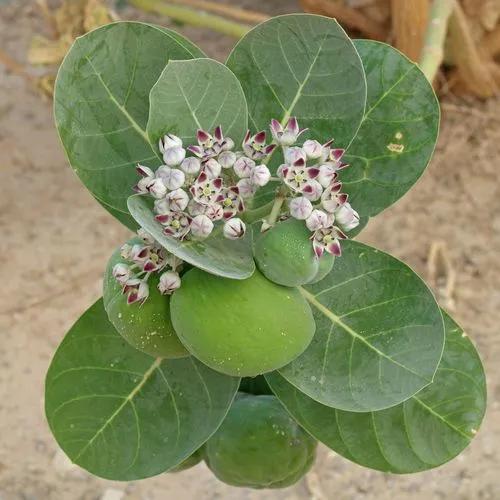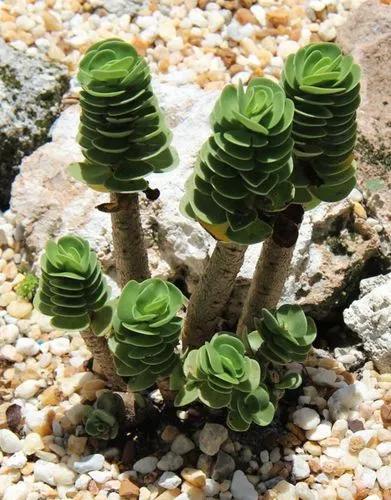Prunus ilicifolia is native to the chaparral areas of coastal California (from Mendocino County to San Diego County), Baja California, and Baja California Sur, as well as the desert chaparral areas of the Mojave desert. Despite its name, it is not a true cherry (P. subg. Cerasus) species. It is traditionally included in P. subg. Laurocerasus, but molecular research indicates it is nested with species of P. subg. Padus.
Prunus ilicifolia is an evergreen shrub to tree, producing edible cherries, with shiny and spiny toothed leaves similar in appearance to those of holly.
It is an evergreen shrub or small tree approaching 15 meters (50 feet) in height, with dense, hard leaves (sclerophyllous foliage). The leaves are 1.6–12 cm (0.64-4.8 inches) long with a 4–25 mm (0.16-1.00 inch) petiole and spiny margins, somewhat resembling those of the holly.
The leaves are dark green when mature and generally shiny on top, and have a smell resembling almonds when crushed; these are poisonous to eat, but not to handle. The flowers are small (1–5 mm), white, produced on racemes in the spring. The fruit is a cherry 12–25 mm diameter, edible and sweet, but contains little flesh surrounding the smooth seed.










